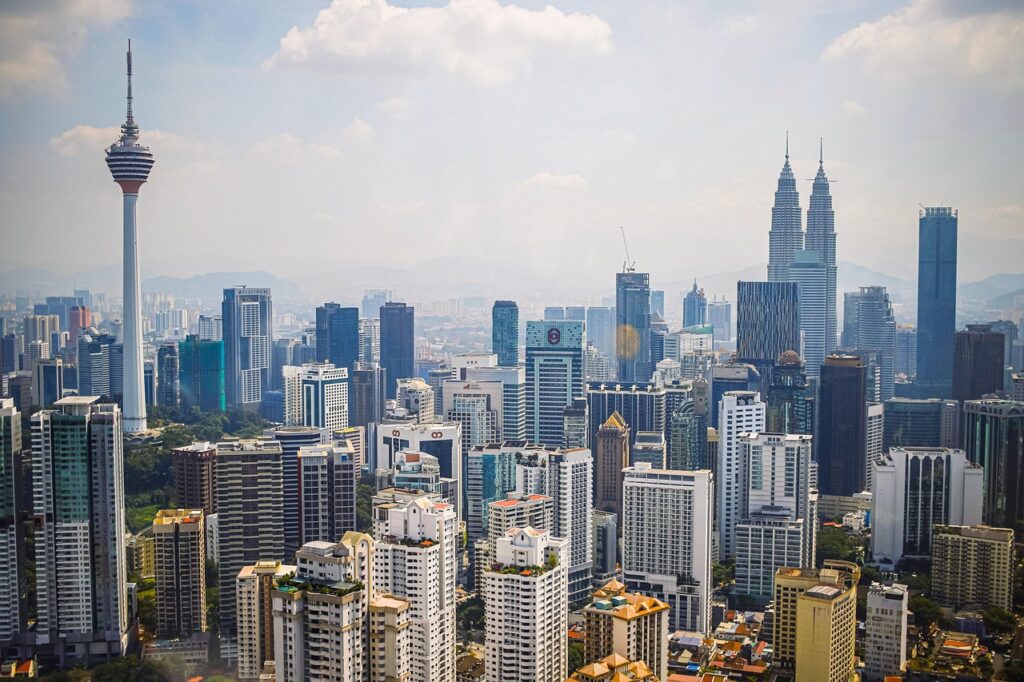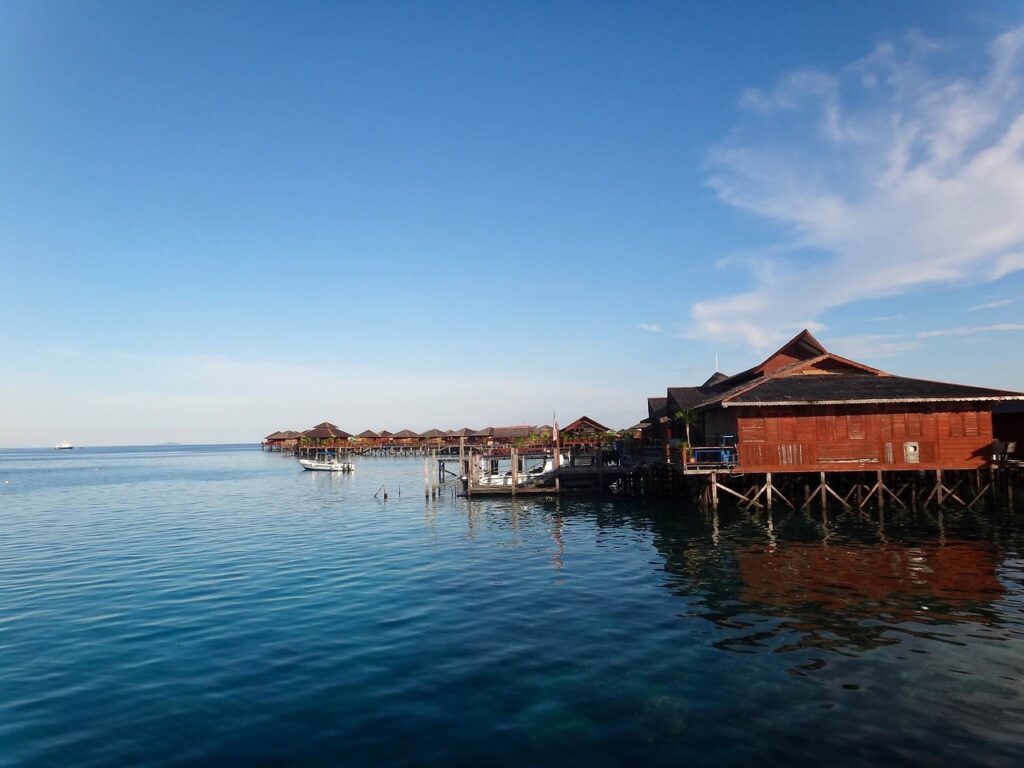
The Perfect Time December-February and June-August
The best time to visit Malaysia varies by region. But generally falls during December to February and June to August. You'll experience warm temperatures between 24-32°C (75-90°F) with regional rainfall variations. Choosing the right coast and timing makes this period perfect for beaches and cities. You can enjoy diverse activities from beaches to mountains during optimal months.
These periods offer the best weather for different regions simultaneously. It's especially perfect for visiting both Peninsular Malaysia and Borneo. Exploring cities like Kuala Lumpur remains comfortable year-round. Hotel prices fluctuate based on regional peak seasons. The varied climate zones require careful timing for multi-region trips. Book accommodations early especially for island destinations during dry seasons.

If you want to customize your Malaysia package contact Gomayu.
What to Expect Each Month
December-February: Peak dry season for east coast beaches. With temperatures 26-30°C (79-86°F). Perfect for Perhentian Islands and Redang Island visits. West coast experiences occasional rain but remains pleasant. This is when east coast islands offer the best conditions.
March-May: Transition period with mixed weather patterns across regions. Temperatures rise to 28-32°C (82-90°F) with increasing humidity. Good for city visits but variable for beach destinations. Weather becomes less predictable during this transition period.
June-August: Dry season for west coast beaches with temperatures 27-31°C (81-88°F). Perfect for Langkawi and Penang Island visits. East coast experiences more rainfall during these months. This makes it ideal for western coastal destinations.

Temperature and Weather Details
During the best months, expect regional temperatures between 26-32°C (79-90°F). Coastal areas stay cooler with ocean breezes. Rainfall varies dramatically by coast and season. Humidity stays high at 75-85% but feels comfortable near beaches. This is typical for equatorial climate conditions.
The sun shines for about 6-8 hours daily during dry seasons. Cloud cover varies by monsoon patterns and region. Sea conditions change based on monsoon influences. This makes timing crucial for water activities and island hopping. Mountain areas like Cameron Highlands stay cooler year-round. Air quality is generally good except during occasional haze periods.
Important Festivals and Events
Hari Raya (Eid al-Fitr - Dates Vary): Often falls during the best time to visit Malaysia. This major Islamic celebration affects business hours but creates festive atmosphere. Exact dates change based on lunar calendar. Hotels and attractions may have modified schedules.
Chinese New Year (January-February): Coincides with east coast dry season. Spectacular celebrations especially in Kuala Lumpur and Penang. Weather is perfect for outdoor festival activities. This period combines cultural experiences with optimal weather.
Malaysia Day (September 16): Falls during west coast dry season. National celebrations with good weather conditions. Perfect timing for experiencing local culture and festivities.
What to Pack
Light, quick-dry clothing suitable for high humidity is essential. Bring rain jacket as afternoon thunderstorms occur year-round. This is especially important for jungle and mountain areas. Pack reef-safe sunscreen for marine park visits. Comfortable walking shoes with good drainage work best.
Don't forget insect repellent for jungle areas and rural regions. The tropical climate supports many insects year-round. Bring layers for air-conditioned spaces and mountain destinations. Modest clothing is required for religious sites and cultural areas.
Practical Travel Tips
Accommodation prices vary significantly by region and season. East coast islands close during monsoon months (November-March). West coast destinations peak during June-August period. Weather timing during the best time to visit Malaysia requires regional planning. Book island accommodations well in advance during respective dry seasons.
Transportation between regions operates year-round with weather considerations. Flight schedules may change during severe weather periods. This makes flexible booking important for island destinations. Ferry services to islands suspend during rough weather conditions.
Regional Variations
East Coast (Perhentian, Redang, Tioman): Best weather December-February with calm seas. Islands often close November-March due to monsoons. Perfect diving and snorkeling conditions during dry season.
West Coast (Langkawi, Penang): Optimal conditions June-August with minimal rainfall. Year-round accessibility but dry season offers best weather. Consistent hotel and restaurant operations throughout the year.
Borneo (Sabah, Sarawak): Less pronounced seasons with year-round travel possible. Slightly drier periods March-October generally preferred. Jungle activities possible year-round with proper preparation.

Bottom Line
The best time to travel to Malaysia depends on your destinations and activities. East coast beaches are perfect December-February during dry season. West coast destinations shine June-August with optimal weather conditions. Plan multi-region trips carefully considering different monsoon patterns.
Kuala Lumpur and inland areas remain accessible year-round. Mountain destinations like Cameron Highlands offer cool relief anytime. The best time to visit Malaysia is based on specific regional weather patterns.








